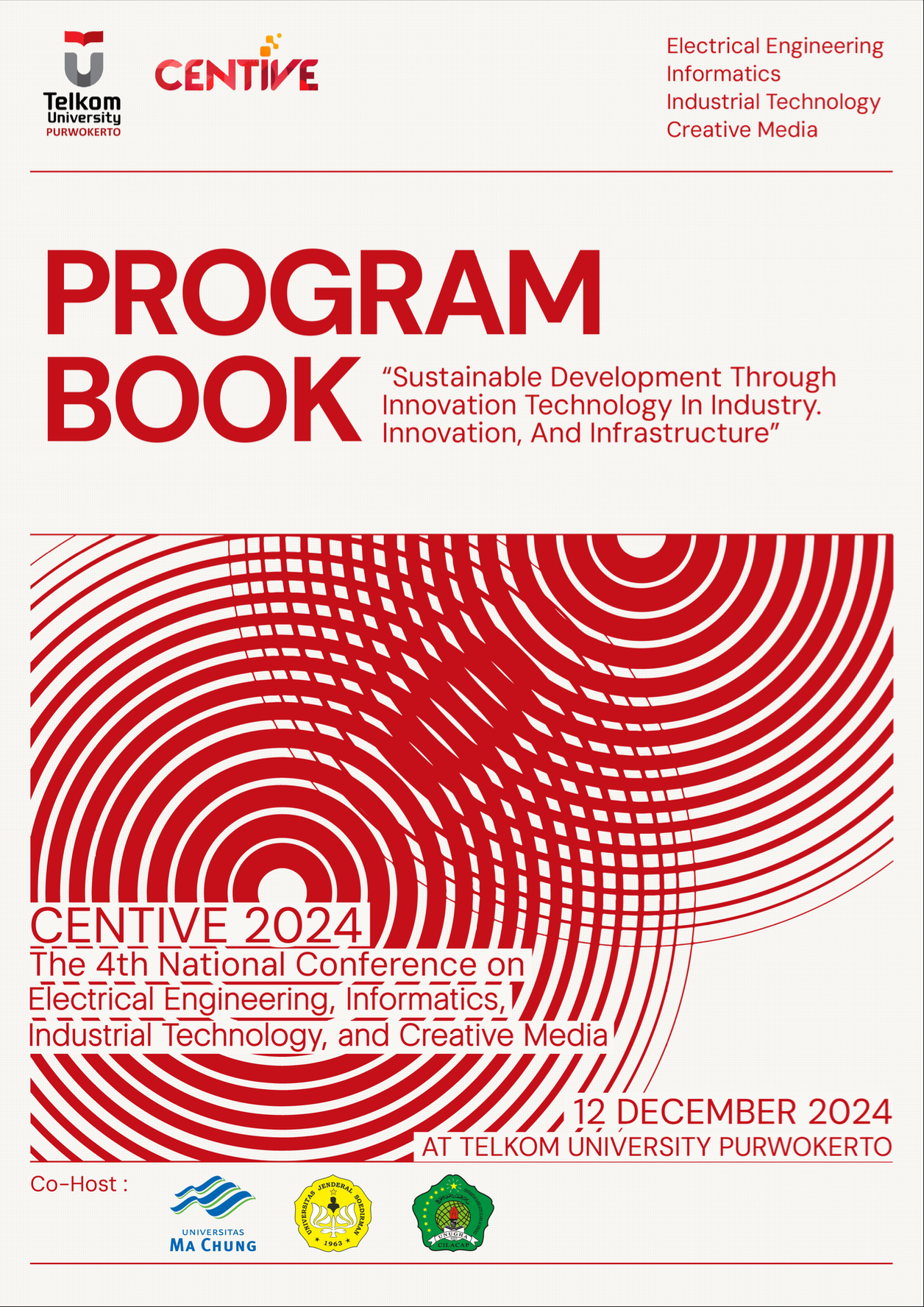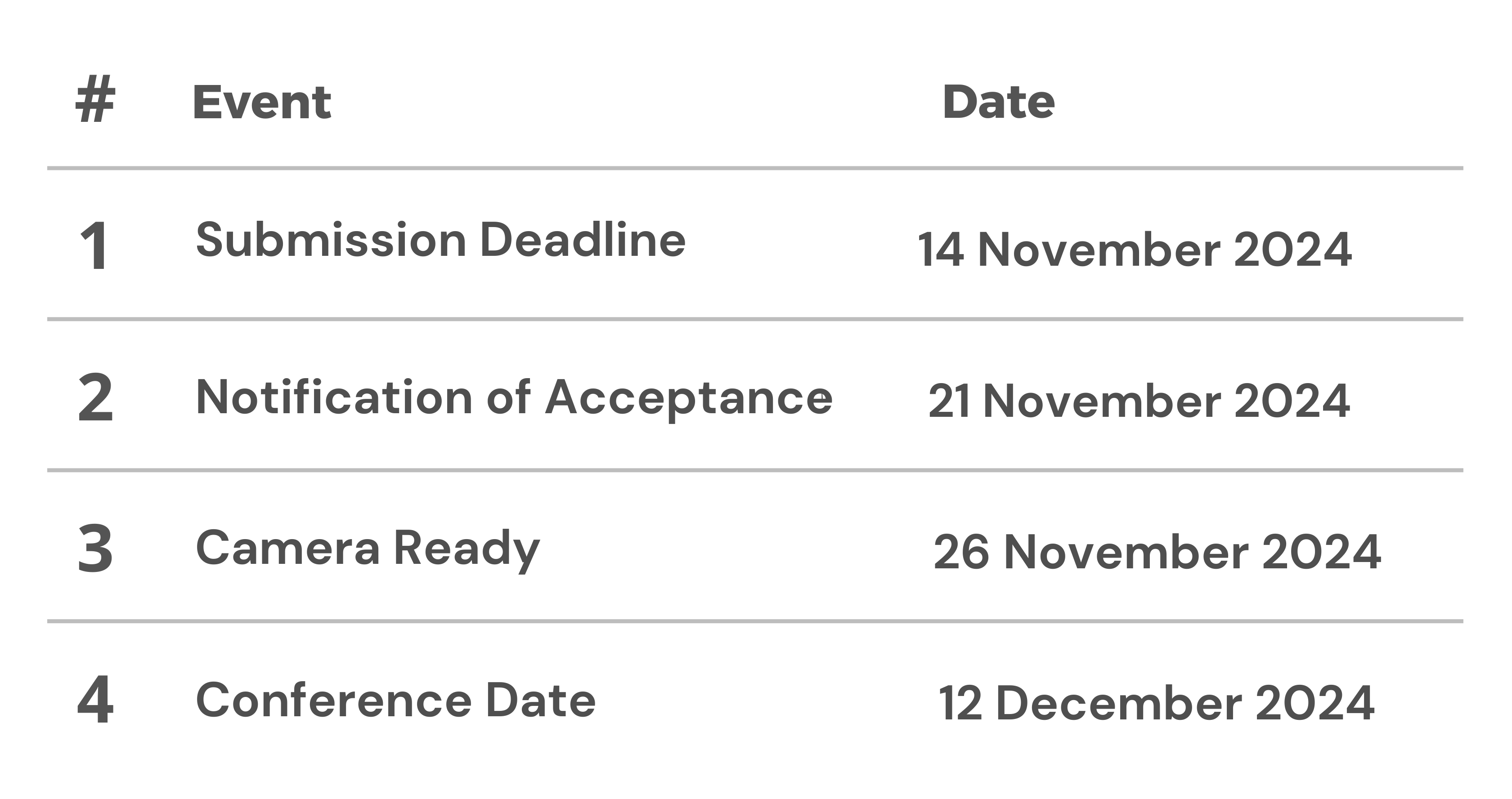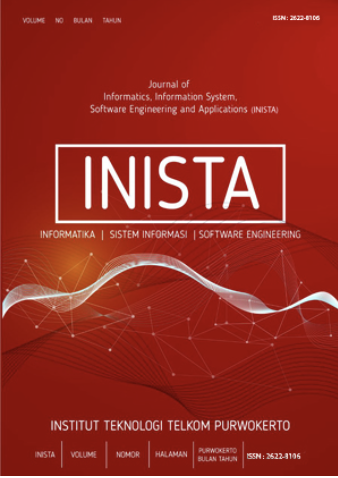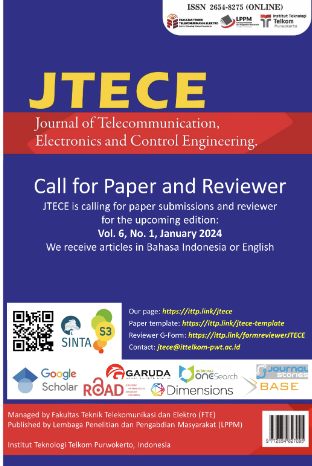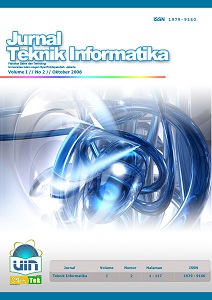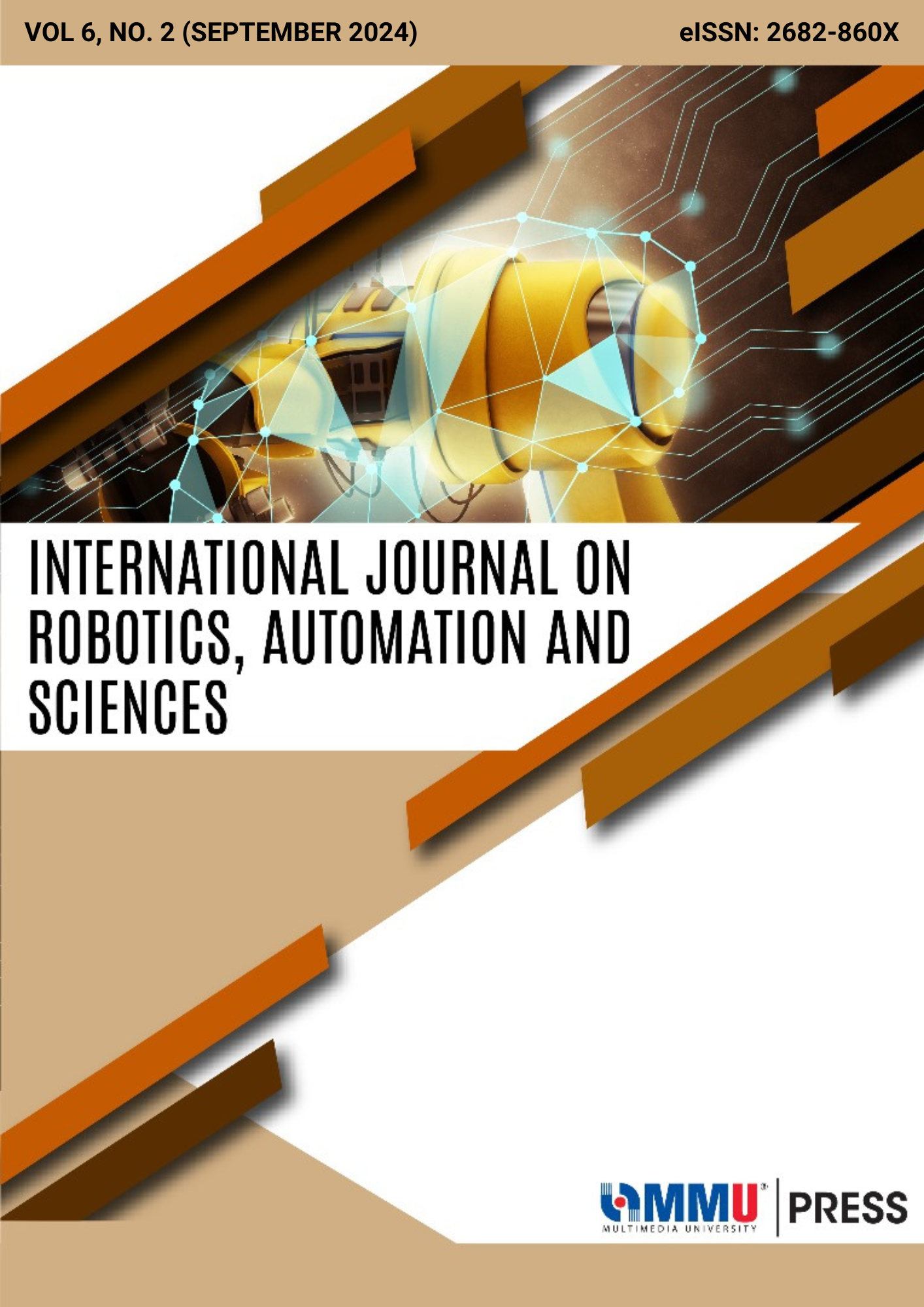Prediksi Tsunami Pada Gempa Menggunakan Random Forest Classifier
Abstract
Gempa yang diikuti oleh tsunami memiliki ciri khusus seperti kedalaman, besar, dan lokasi tertentu yang harus dianalisis terlebih dahulu sebelum dinyatakan akan diikuti tsunami atau tidak. Kemajuan teknologi machine learning memungkinkan kita melakukan prediksi terjadinya tsunami lebih efisien dibanding sebelumnya. Riset ini memanfaatkan machine learning khususnya algoritme Random Forest Classifier untuk membuat model yang dapat memprediksi potensi tsunami dengan
menggunakan data historis global significant earthquake milik NOAA dari tahun 2100 SM yang berisi pola Negara, Kode Region, Lintang, Bujur, Tahun, Bulan, Tanggal, Kedalaman, serta Besarnya gempa. Hasil simulasi model untuk memprediksi tsunami dari gempa pada testing set menunjukan akurasi di atas 75%.
References
[2] D. Santoro, M. Yamin, and M. Mahrus, “Penyuluhan Tentang Mitigasi Bencana Tsunami Berbasis Hutan Mangrove Di Desa Ketapang Raya Kecamatan Keruak Lombok Timur,” no. 1982, 2019.
[3] I. Van Zelst, S. Brizzi, and E. Van Rijsingen, “Investigating global correlations between tsunami, earthquake, and subduction zone characteristics.”
[4] K. Goda, T. Yasuda, N. Mori, and T. Maruyama, New scaling relationships of earthquake source parameters for stochastic tsunami simulation, vol. 58, no. 3. 2016.
[5] D. Melgar and Y. Bock, “Journal of Geophysical Research: Solid Earth Kinematic earthquake source inversion and tsunami runup,”J. Geophys. Res. Solid Earth, pp. 1-26, 2015.
[6] S. Ramírez-Gallego, B. Krawczyk, S. García, M. Woźniak, and F. Herrera, “A survey on data preprocessing for data stream mining: Current status and future directions,” Neurocomputing, vol. 239, pp. 39–57, 2017.
[7] K. M. Lang and T. D. Little, “Principled missing data treatments,” Prev. Sci., vol. 19, no. 3, pp. 284–294, 2018.
[8] S. Wager, “Comments on: A random forest guided tour,” TEST, vol. 25, no. 2, pp. 261–263, 2016.
[9] M. Belgiu and L. Dra, “ISPRS Journal of Photogrammetry and Remote Sensing Random forest in remote sensing: A review of applications and future directions ˘ gut,” vol. 114, pp. 24–31, 2016.
[10] K. J. Grimm, G. L. Mazza, P. Davoudzadeh, K. J. Grimm, G. L. Mazza, and P. Davoudzadeh, “Model Selection in Finite Mixture Models: A k-Fold Cross-Validation Approach Model Selection in Finite Mixture Models: A k - Fold Cross-Validation Approach,”Struct. Equ. Model. A Multidiscip. J., vol. 00, no. 00, pp. 1–11, 2016.
[11] E. Martin, S Sample Complexity Description of the Learning System Cross-References Recommended Reading Search Engines: Applications of ML Motivation and Background. 2017.
[12] X. Deng, Q. Liu, Y. Deng, and S. Mahadevan, “An improved method to construct basic probability assignment based on the confusion matrix for classification problem,” Inf. Sci. (Ny)., vol. 340–341, pp. 250–261, 2016.
[13] M. Buda, A. Maki, and M. A. Mazurowski, “A systematic study of the class imbalance problem in convolutional neural networks,”Neural Networks, vol. 106, pp.249-259, 2018.
[14] P. A. Flach and M. Kull, “Precision-Recall-Gain curves: PR analysis done right,” Adv. Neural Inf. Process. Syst., vol. 2015-January, pp. 838–846, 2015.
[15] D. J. DIttman, T. M. Khoshgoftaar, and A. Napolitano, “The Effect of Data Sampling When Using Random Forest on Imbalanced Bioinformatics Data,” Proc. - 2015 IEEE 16th Int. Conf. Inf. Reuse Integr. IRI 2015, pp. 457–463, 2015.



